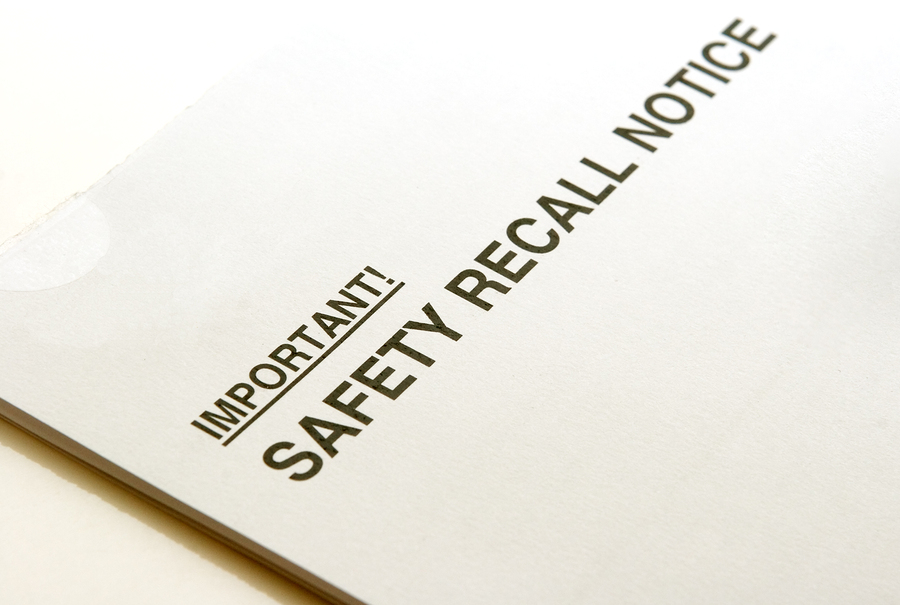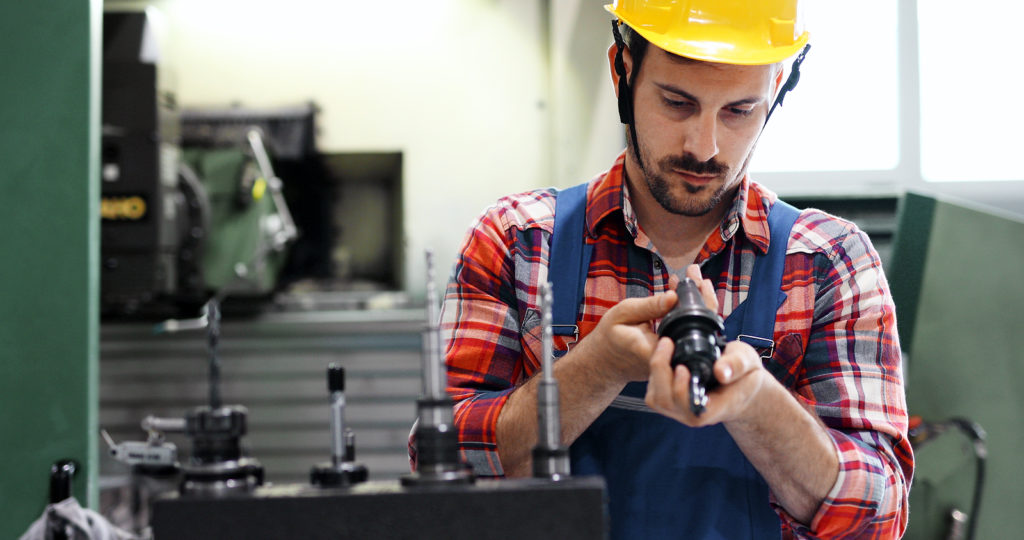How much does a recall cost? There are varying dollar amounts you can put on the event itself, including the cost to repair faulty equipment, lost production time, materials, and labor. There’s even a cost incurred for disposing of recalled product. Be sure to add litigation costs to the list, as well. And let’s not forget about all of the intangibles, such as lost consumer trust. Needless to say, manufacturers need to avoid this situation.
Avoiding a recall starts with good maintenance. This is why one of the core tenets of a Six Sigma maintenance plan involves defect reduction through a focus on quality. And while error is in our nature as humans, practicing a thorough maintenance approach helps our more infallible counterparts (machines) avoid creating defects. We just need to make sure our maintenance process is sound.
Start with what you can control
Product recalls aren’t always the fault of a subpar manufacturing practice. They may be the result of poor R&D or low quality standards, for example. The reason good machine maintenance is a first area of focus is because it offers the greatest opportunity to prevent defects. The difference between producing a quality product and a defective one rests largely on the function of the machinery.

Manufacturers can more easily eliminate machine function as the cause of a defect — and tracing the chain of production is often the first step in a recall. If the product passed a quality check and all machinery is operating accordingly, the focus of a recall investigation shifts elsewhere.
Mitigate defects through maintenance
Using maintenance as a deterrent for defects means being predictive and proactive in your approach. Predictive maintenance is the new-age way of preventing maintenance inefficiencies from contributing to defect creation, and being proactive in pursuing that maintenance is what stops defects from reaching the end of the production line.
According to the global management and consulting firm McKinsey, predictive maintenance will help companies save $630 billion by 2025. Much of that cost-savings will likely come from a reduction in passed defects and product recalls. Coupled with reduced maintenance costs through smarter maintenance practices, proactive assessments of machinery offer potential as a major catalyst for preventing even costlier recalls.
Predictive maintenance isn’t the only contributor to fewer defects. More frequent and thorough maintenance inspections, better maintenance documentation, and standardization of work all contribute to better machine function and mitigated potential for defects.
A future free of defects
Is it possible to pass zero defects? Some companies pride themselves on doing so; others are skeptical. What matters isn’t if it’s possible — what matters is that you’re doing all you can. From a maintenance standpoint, this means taking every approach to ensuring machine reliability.
Even a small defect can incite a major recall. Just ask companies such as Ford, Samsung, and Sara Lee — all companies that have paid out billions in product recalls over the years. And while not all of these recalls were related to equipment condition, rest assured that a thorough analysis of equipment function played a role in investigating the defects. More than likely, a good maintenance approach and proper machine function are the reasons we don’t see more major recalls like these!
